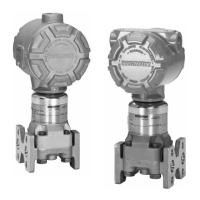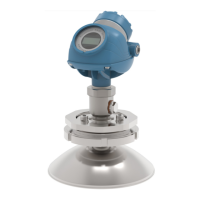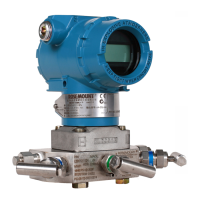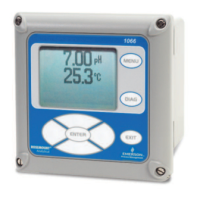To maintain explosion-proof protection of the OCX88C in hazardous areas, the sample
entering the sensor housing must not exceed 195 C (383 F).
NOTE:
To maintain proper earth grounding, ensure a positive connection exists between the sensor
housing, the electronics housing, and earth. The connecting ground wire must be 14 AWG
minimum. Refer to Figure 2-7.
NOTE
Line voltage, signal, and relay wiring must be rated for at least 105 ºC (221 ºF).
2.4.1 Electrical Connections
Electrical connections, power and communications are made to the electronic enclosure. The
connections are made through two 3/4 NPT ports in the enclosure using fittings and cables
provided by the customer. Cable installation must meet NEC, IEC and/or other applicable
national or local codes for Class I, Zone 1, IIB +H2 T3/T6 permanently mounted equipment.
2.4.2 Connect Line Voltage
The Hazardous Area OCX 8800 operates on 100 to 240 VAC line voltage at 50 to 60 Hz. The
power supply requires no setup. Connect the line (L wire) to the L terminal, and the neutral (N
wire) to the N terminal on the AC power input terminal block in the electronics housing.
Connect the ground (G wire) to the ground stud in the electronics housing as shown in Figure 2-
7.
2.4.3 Connect Output Signals
The Hazardous Area OCX 8800 may be provided with either two 4-20 mA signals with HART on
the O2 signal or a single Foundation Fieldbus signal. Connect the output terminals in the
electronics housing as shown in Figure 2-7. Use individual shielded twisted wire pairs. Terminate
the shield at the electronics housing.
2.4.4 O
2
4-20 mA Signal
One 4-20 mA signal represents the O
2
value. Superimposed on the O
2
signal is the HART
information accessible through a Model 375 Handheld Communicator or AMS Device Manager
software. The O
2
signal is at the AOUT 1 terminals.

